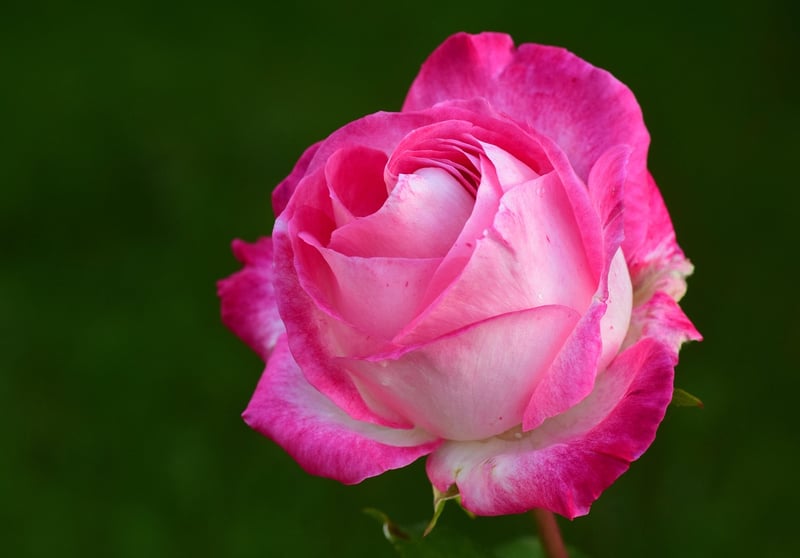Plant-based Color Palettes
Dyeing Textiles with Plants
Are you looking to add a natural touch to your fabrics while also being environmentally conscious? Dyeing textiles with plants is a sustainable and creative way to color your fabrics. Not only does it provide unique and beautiful hues, but it also reduces the impact on the environment compared to synthetic dyes.
Why Choose Plant Dyes?
Plant dyes offer a wide range of colors, from earthy tones to vibrant shades, depending on the plant used and the dyeing process. They are non-toxic, biodegradable, and can often be sourced locally, supporting sustainability and reducing carbon footprint.
Common Plants Used for Dyeing
Various plants can be used for dyeing textiles, each providing a unique color palette. Some common plants used for dyeing include:
- Indigo: Produces shades of blue
- Madder Root: Offers red and pink hues
- Turmeric: Yields vibrant yellows
- Onion Skins: Creates warm shades of orange
- Black Walnut Hulls: Provides rich browns
How to Dye with Plants
The process of dyeing with plants involves extracting color from the plant material and applying it to the fabric through various techniques such as boiling, fermenting, or sun dyeing. Experimenting with different plants, mordants, and dyeing methods can result in a diverse range of colors and patterns.
Plant-Based Color Palettes
Using plant-based dyes allows for the creation of unique color palettes inspired by nature. Here are some plant-based color palettes to spark your creativity:
Earth Tones Palette
Colors: Olive Green, Rust Brown, Mustard Yellow

Botanical Brights Palette
Colors: Turquoise Blue, Fuchsia Pink, Lemon Yellow

Exploring plant-based dyes not only adds a personal touch to your textiles but also connects you to the natural world in a meaningful way. Embrace the beauty of plant colors and create sustainable and eco-friendly designs with a unique flair!
